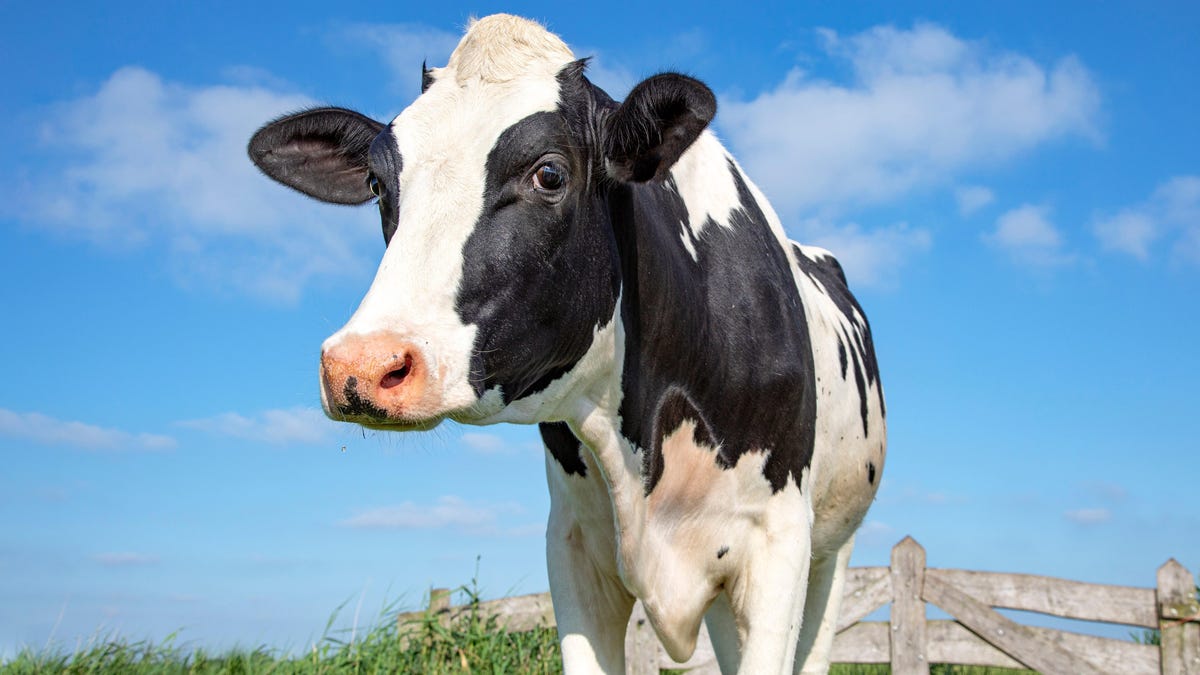Avian Influenza Already reaching the cows. Health and agriculture officials announced this week that livestock in two states have tested positive for the pathogenic avian influenza (HPAI) virus, which may have been contracted from wild birds. Although the virus appears to have sickened livestock, it is not currently believed to pose a high risk to humans.
The discovery was made during an investigation into an outbreak of a mysterious disease affecting livestock in Texas, Kansas and New Mexico, involving the U.S. Department of Agriculture, Food and Drug Administration, Centers for Disease Control and Prevention and Disease Prevention and local institutions.official report Unpasteurized milk samples collected from cows on several farms in Kansas and Texas tested positive for avian influenza on Monday, specifically the H5N1 strain of influenza A.
The epidemic mainly affects older cattle, which often show symptoms such as reduced milk production and loss of appetite. Investigations also found dead birds near these outbreaks, suggesting they may have been the origin. But preliminary testing of the flu strains found in these cattle did not reveal any significant changes that would make them more capable of transmitting or causing disease in humans, as they currently do. Officials say there is no concern about the virus spreading to the public through contaminated milk.
“The public is not at risk and there is no shortage of supplies,” Commissioner Sid Miller said in a statement. statement From the Texas Department of Agriculture. “It is understood that no contaminated milk has entered the food chain; all has been dumped. In the rare event that affected milk enters the food chain, the pasteurization process will kill the virus.”
Avian influenza is considered one of the germs most likely to become a pandemic threat. The generally higher mutation rate of influenza and the novelty of strains that successfully jump from other animals to humans could create a virus that not only spreads quickly but is also much more deadly than typical seasonal flu.
The H5N1 strain of avian influenza has been circulating for at least 25 years, causing large and deadly outbreaks in wild and sometimes domestic poultry. population. But in recent years, we’ve started to see more cases of bird flu in mammals, including minks, sea lions and dolphins.Just last week, Minnesota officials report H5N1 influenza has been found in goats on a farm where a recent outbreak of avian influenza has occurred, the first such event to be detected in U.S. livestock.
Cases of H5N1 and other highly pathogenic avian influenza strains in humans still weird (yes fatal) and has so far been difficult to spread from person to person. But the more birds and mammals breed among themselves, the more likely this is to change.Last year, the World Health Organization warn While the current risk of H5N1 spreading in the human population is low, “we must be prepared for any change in the status quo.”
This content has been automatically translated from the original material. Slight differences may exist due to the nuances of machine translation. For the original version, please click here.

